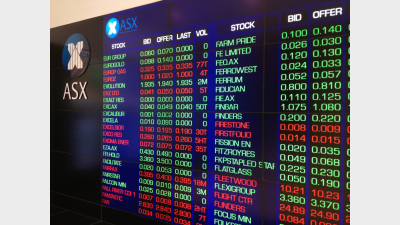Aussie banks pass stress test
Stress testing within major banks globally was revealed to be vastly inadequate during the GFC, but Australia’s majors have emerged largely unscathed and with a far better understanding of what is required from internal stress testing for the future, according to Australian Prudential Regulation Authority (APRA) chairman John F Laker.
In a speech to the Australian Business Economists recently, Laker said the crisis itself was far more severe than the scenarios that were tested and stress-testing practices globally were replete with weaknesses.
“Growing recognition of the need for robust stress testing means banking institutions around the globe are seeking to enhance … their stress-testing frameworks and practices, and a number of supervisors have now conducted their own industry-wide stress tests,” Laker said.
Based on discussions between APRA and Australia’s major banks following a self-assessment of the banks’ compliance, several areas of better practice have been identified — as well as areas for improvement.
Laker said that stress-testing scenarios applied at an enterprise-wide level were typically well communicated within institutions. He added that stress-testing scenarios were updated on a regular basis and were responsive to the changing economic environment; and at the enterprise-wide level, a range of risks other than credit risks were considered and potential correlations between risk classes were recognised in the aggregation process.
Further development could include the extension of regular stress-testing regimes to the more detailed portfolio and product level, and upgrading information and IT systems to support stress-testing exercises and reduce pressure on resources, he said.
“APRA’s recent stress-test has provided important evidence that the Australian banking system has the capital resources to weather an economic contraction much worse than that expected during the depth of the global financial crisis,” Laker said.
Recommended for you
The Your Future, Your Super scheme and RG 97 may be directing capital away from more productive uses and discouraging active investment strategies, says the independent MP.
SuperRatings has shared the top 10 balanced options of the last financial year.
Rest Super remains “fully committed” to equities, even as it anticipates higher market volatility than experienced in previous decades.
Australian superannuation funds have again generated strong returns for FY25, with the median growth fund returning 10.5 per cent for the year, according to Chant West.











